The month of February is graced with the exquisite amethyst as its birthstone, a gem that radiates elegance and holds a treasure trove of historical and symbolic significance. Birthstones have long been cherished for their connection to a person’s birth month, believed to influence one’s life, offering unique qualities and protection.
Amethyst, with its regal purple hues and remarkable properties, has captured the hearts of those born in February and gemstone enthusiasts alike. Join us as we explore the hidden depths of this stunning gem and discover the many facets that make it a cherished gemstone for both its beauty and meaning.
1. Origin and History
Photo credit: pinterest.com
Amethyst, the February birthstone, boasts a rich and storied history that spans diverse cultures and civilizations. Its origins can be traced back to ancient times when it held a special place in the hearts of many societies. The name “amethyst” itself has roots in Greek mythology. Derived from the Greek word “amethystos,” it translates to “not drunken” or “sober.” This association with sobriety is one of the earliest symbolic connections to amethyst.
In ancient Greece, amethyst was believed to offer protection against intoxication. It was a common practice to carve drinking vessels, like goblets and cups, from amethyst to prevent inebriation during banquets and celebrations. This belief in amethyst’s ability to maintain clear thinking and self-control continued to resonate throughout the ages. In Roman times, amethyst was associated with the god of wine, Bacchus, and its use as a protective charm against drunkenness persisted.
Beyond Greece and Rome, amethyst held significance in other cultures, too. It was cherished by the Egyptians, who used it in jewelry and burial items, and in the Middle Ages, it was considered a symbol of royalty, adorning the crowns and sceptors of European monarchs. These historical connections illustrate the enduring allure and cultural importance of amethyst throughout the ages.
2. Color Variations
Photo credit: pinterest.com
Amethyst, the captivating February birthstone, is renowned for its distinctive purple hue. This enchanting gemstone typically showcases a rich, regal purple color that ranges from pale lilac to deep violet. Its captivating shade is the result of the presence of iron impurities and natural irradiation during the crystal’s formation process.
The primary colorant responsible for amethyst’s purple tones is iron, with the exact shade and intensity varying depending on the concentration of this element and the presence of trace minerals. One of the fascinating aspects of amethyst is its ability to display a wide spectrum of purple shades.
The gemstone can transition from soft lavender and delicate mauve to intense royal purple and deep grape, making it a versatile choice for jewelry and decorative pieces. These variations in color can be attributed to factors such as geological conditions during formation, the gem’s location of origin, and even the cut and clarity of the stone. Regardless of the specific shade, amethyst’s purple allure continues to captivate and charm gem enthusiasts and jewelry aficionados worldwide.
3. Amethyst’s Symbolism
Photo credit: pinterest.com
Amethyst’s symbolism extends far beyond its vibrant purple hue. This gemstone has been revered for centuries for its profound spiritual and emotional significance. One of the most prominent associations with amethyst is its connection to sobriety and clarity of thought.
Throughout history, amethyst has been believed to have the power to help individuals overcome addiction and maintain sobriety. Its name even originates from the Greek word “amethystos,” which means “not intoxicated” or “not drunk.” This connection to sobriety is deeply rooted in folklore and ancient traditions.
Beyond sobriety, amethyst is also celebrated for its ability to enhance mental clarity and spiritual insight. It is often associated with the crown chakra, the energy center located at the top of the head, which is believed to be linked to higher consciousness and enlightenment. Amethyst’s calming and meditative qualities are thought to aid in reducing stress, promoting focus, and facilitating clear, insightful thinking.
Many practitioners of crystal healing and meditation turn to amethyst as a tool to help attune their minds to higher states of awareness and consciousness. In this way, amethyst’s symbolism goes hand in hand with its ability to promote mental and emotional balance, making it a cherished gemstone for those seeking inner peace and wisdom.
4. Crystal Quartz Family
Photo credit: pinterest.com
Amethyst, the enchanting February birthstone, belongs to the illustrious crystal quartz family, renowned for its stunning diversity and vibrant energy. Within this family, amethyst is celebrated as one of the most exquisite members, prized for its captivating purple hue. Its classification within the quartz family is a testament to its geological origins, as all quartz varieties share a common crystal structure composed of silicon and oxygen atoms.
What makes amethyst particularly intriguing is its close kinship with other quartz gemstones, such as citrine and rose quartz. While amethyst’s iconic violet coloration arises from trace amounts of iron and irradiation, citrine emerges with a warm, golden-yellow hue due to varying impurities.
Rose quartz, on the other hand, showcases a delicate pink shade, often linked to traces of titanium, manganese, or iron. These quartz siblings, amethyst, citrine, and rose quartz, illustrate nature’s remarkable ability to produce an array of colors and variations from a common mineral base, captivating gem enthusiasts and collectors alike. Their shared heritage in the quartz family lends them not only a geological connection but also a sense of unity in the world of precious gemstones.
More: 15 Jewelry Trends 2024: A Shimmering Forecast
5. Geological Formation
Photo credit: pinterest.com
Amethyst, the captivating February birthstone, owes its existence to fascinating geological processes. This striking violet gemstone is primarily formed within igneous rocks, particularly granite and volcanic deposits. Amethyst crystals take shape as magma cools and solidifies deep beneath the Earth’s surface.
As the molten rock begins to cool, it creates cavities or voids within the rock, providing the perfect environment for crystal growth. Over thousands of years, these cavities become filled with silicon dioxide-rich solutions, gradually crystallizing to form the distinct hexagonal prisms and pointed terminations that characterize amethyst.
The mesmerizing purple coloration of amethyst can be attributed to the presence of iron within its crystal structure. During the crystal’s formation, trace amounts of iron impurities become trapped within the silicon dioxide lattice. It is these iron impurities that give amethyst its delightful range of purple hues, from delicate lavender to deep violet.
The exact shade of purple is influenced by the concentration and oxidation state of iron within the crystal. Interestingly, natural irradiation over extended geological time periods can further enhance the color intensity of amethyst. This process gradually darkens the purple hue, adding depth and vibrancy to the gemstone’s appearance.
6. Sources and Mining
Photo credit: pinterest.com
Amethyst, a beautiful purple gemstone associated with fierceness, is mined in several well-known locations around the world. One of the most famous and richest sources of amethyst is Brazil, in particular, the state of Minas Gerais. Brazilian amethyst deposits are famous for their rich, deep purple hues and abundance. The state of Rio Grande do Sul in Brazil is also known for its geodes containing large amethyst crystals, which are often used in decorative items and jewelry.
Historically, Brazilian amethyst production has played a significant role in the global amethyst market.
Another important source of amethyst is Uruguay, where the gemstone is found in geodes lining the interior of volcanic rocks. Uruguayan amethyst is valued for its intense purple color and amazing transparency. The unique natural shapes of Uruguayan amethyst geodes have made them popular collectibles and decorative pieces.
In addition to South America, the African country of Zambia has gained recognition for its amethyst deposits. Zambian amethyst is known for its deep purple color and excellent clarity. These gems have gained popularity in the global jewelry market, offering consumers a unique and attractive alternative to other sources of amethyst. These mining locations, along with others such as Russia, South Korea, and the United States, collectively contribute to the global availability of amethyst, each with its own characteristics and historical significance in the gemstone world.
7. Amethyst Jewelry
Photo credit: pinterest.com
Amethyst, with its enchanting purple hue, has long been a sought-after gemstone for jewelry enthusiasts. Its versatility allows it to shine in various forms of jewelry, from elegant rings to captivating necklaces and exquisite earrings. In the realm of rings, amethyst’s deep purple color adds a touch of regal elegance to engagement rings and cocktail rings alike. The gemstone’s natural beauty makes it a popular choice for individuals seeking unique and vibrant alternatives to traditional diamond rings.
Amethyst’s charm also extends to necklaces, where it often takes center stage as a pendant or in clusters, creating a mesmerizing focal point. Whether worn as a dainty pendant for daily wear or as a statement piece for special occasions, amethyst necklaces are known for their ability to draw attention and admiration. Furthermore, amethyst earrings, in both stud and dangling styles, have a timeless appeal that complements a wide range of outfits. The rich purple tones of amethyst effortlessly blend with other gemstones and metals, making it an excellent choice for creating one-of-a-kind jewelry pieces.
In the world of jewelry, amethyst’s popularity transcends generations, with both vintage and contemporary designs showcasing its enduring allure. Vintage pieces often feature amethyst in ornate settings, reflecting the aesthetic preferences of bygone eras. On the other hand, modern jewelry designers incorporate amethyst into sleek, minimalist designs, demonstrating the gemstone’s adaptability to evolving fashion trends. Whether you prefer the classic charm of vintage amethyst jewelry or the contemporary allure of modern designs, amethyst continues to captivate jewelry enthusiasts with its timeless beauty.
8. Healing Properties
Photo credit: pinterest.com
Amethyst is renowned not only for its exquisite purple hue but also for its metaphysical and healing properties. For centuries, this captivating gemstone has been believed to possess a range of attributes that promote well-being and spiritual growth. One of its most widely recognized qualities is its ability to induce relaxation and a sense of calm.
Amethyst is often used in meditation practices, where it is thought to help clear the mind, alleviate stress, and facilitate a deeper connection with one’s inner self. Moreover, amethyst is associated with balance, both in the physical and emotional realms. This gem is believed to harmonize and align the chakras, helping to restore equilibrium within the body. Whether used as a crystal in energy healing or worn as jewelry, amethyst is thought to assist in maintaining emotional stability, reducing mood swings, and fostering a sense of inner peace.
Spiritual growth is another facet of amethyst’s healing properties. Many individuals turn to this gemstone to enhance their spiritual journey, as it is believed to open channels of insight and wisdom. Amethyst is often considered a stone of enlightenment, helping individuals tap into their intuition and connect with higher realms of consciousness. It encourages a deeper understanding of life’s mysteries and supports the pursuit of spiritual knowledge and growth.
More: 10 Astonishing Facts About January Birthstone: Garnet
9. Famous Amethysts
Photo credit: pinterest.com
Two of the most renowned amethyst gemstones in the world are the “Rose de France” and the “Delhi Sapphire” each possessing its own exceptional qualities and rich historical significance. The “Rose de France” amethyst, known for its delicate pastel purple hue, is named after its place of origin, the mines in the Anahi region of Bolivia.
Its enchanting color is often likened to soft lavender, making it a favorite choice for those who prefer a subtler and more elegant shade of purple. Historically, the “Rose de France” amethyst was highly prized by European royalty and aristocracy during the 18th and 19th centuries, adorning regal jewelry pieces and crowns, symbolizing both luxury and nobility.
On the other hand, the “Delhi Sapphire” is a famous amethyst with an intriguing history. Despite its name, it’s not a sapphire but rather a remarkable amethyst that was originally a gift from a French jeweler to the Maharaja of Delhi in the 19th century. This amethyst boasts a deep, vivid purple color that is both captivating and mesmerizing.
The “Delhi Sapphire” has transcended its geographical origins and is now a part of the British Crown Jewels, adding to its allure and historical significance as a symbol of power and regal opulence. These famous amethysts, the “Rose de France” and the “Delhi Sapphire,” stand as a testament to the enduring beauty and cultural importance of amethyst throughout the ages.
10. Royal Connection
Photo credit: pinterest.com
Amethyst has a rich history of adorning royal jewelry and regalia, earning it a place of prominence among gemstones with royal connections. The purple gemstone’s association with royalty can be traced back to ancient times when it was considered a symbol of power and prestige. Its regal allure found its way into the crown jewels of numerous monarchies, making it a coveted gemstone among rulers and royals.
Throughout history, several famous monarchs have displayed their fondness for amethyst in their crown jewels. One such notable figure was Catherine the Great of Russia, whose lavish court was adorned with amethyst jewelry and decor. Her exquisite amethyst parure, a matching set of jewelry including a tiara, necklace, and earrings, showcased the gem’s deep purple hues. The amethyst parure was a testament to Catherine’s appreciation for the stone’s elegance and its association with wisdom.
Another monarch who prized amethyst was Queen Alexandra of the United Kingdom. Known for her impeccable taste in jewelry, Queen Alexandra possessed a stunning amethyst and diamond tiara, which remains a cherished part of the British royal collection. The tiara’s intricate design incorporated vibrant amethysts, accentuated by dazzling diamonds, exemplifying the timeless allure of amethyst in royal regalia.
11. Amethyst Myths and Legends
Photo credit: pinterest.com
Amethyst Myths and Legends have spanned across cultures for centuries, imbuing this exquisite purple gemstone with an aura of mysticism and significance. One of the most enduring myths comes from ancient Greece, where amethyst earned its name from the Greek word “amethystos,” meaning “not intoxicated.” Legend has it that the wine god Dionysus, angered by mortals, sought to unleash his tigers upon the first person he encountered.
A maiden named Amethyst, on her way to pay homage to the goddess Diana, implored her for protection. Diana turned Amethyst into a clear crystal to shield her from harm. When Dionysus realized his mistake and tried to make amends by pouring wine over the crystal, it transformed into the purple hue of amethyst, symbolizing sobriety and protection against intoxication.
In ancient Egypt, amethyst was considered a protective stone associated with the goddess Hathor, who was believed to have the power to heal and protect against evil spirits. Amethyst amulets were commonly worn to ward off negative energies and bring good fortune.
In Hindu mythology, amethyst was associated with the deity Shiva, and it was believed that wearing amethyst jewelry could help one attain spiritual enlightenment and clarity of thought. Across various cultures, amethyst was seen as a stone of calmness and balance, with protective properties that could ward off both physical and spiritual threats.
12. Sustainability and Ethical Sourcing
Photo credit: pinterest.com
Amethyst, the enchanting February birthstone, has long been cherished for its beauty and spiritual significance. However, the popularity of this gemstone has led to concerns about the environmental impact of its mining. Traditional amethyst mining practices can sometimes result in habitat disruption, soil erosion, and the use of harmful chemicals. Furthermore, the welfare of miners in some regions has raised ethical concerns.
Efforts to mitigate these issues are underway in the amethyst industry. Ethical sourcing initiatives aim to ensure that amethyst is extracted responsibly and sustainably. This includes promoting fair labor practices, minimizing environmental harm, and supporting local communities.
Some organizations work closely with miners to implement safer and more eco-friendly mining techniques, while others emphasize the importance of transparency in the supply chain. By supporting ethically sourced amethyst, consumers can not only enjoy the gem’s beauty but also contribute to the well-being of the planet and those involved in its production.
In conclusion, the February birthstone, amethyst shines as a gemstone that not only adorns jewelry but also carries with it a rich tapestry of history, culture, and mystique. Whether worn as a birthstone or simply cherished for its beauty and symbolism, amethyst continues to be a gemstone that enchants and inspires all who encounter it.
More: 10 Incredible Facts About December Birthstone: Zircon, Tanzanite and Turquoise
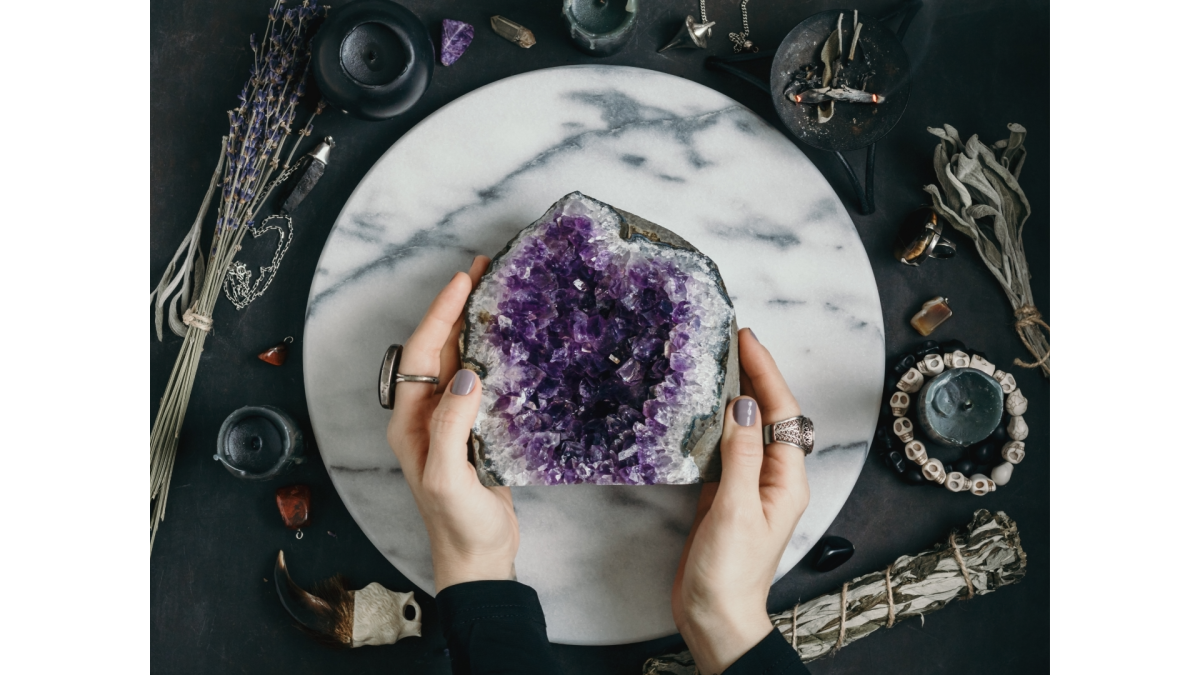
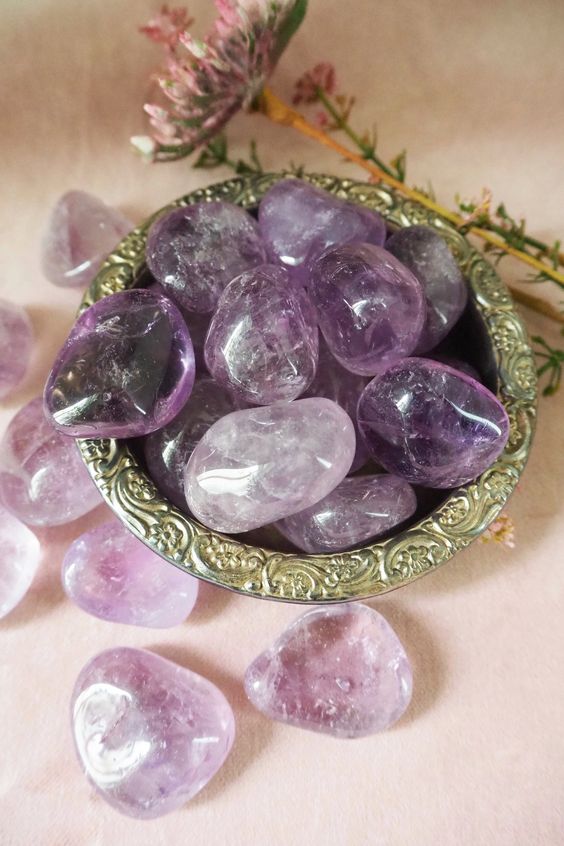
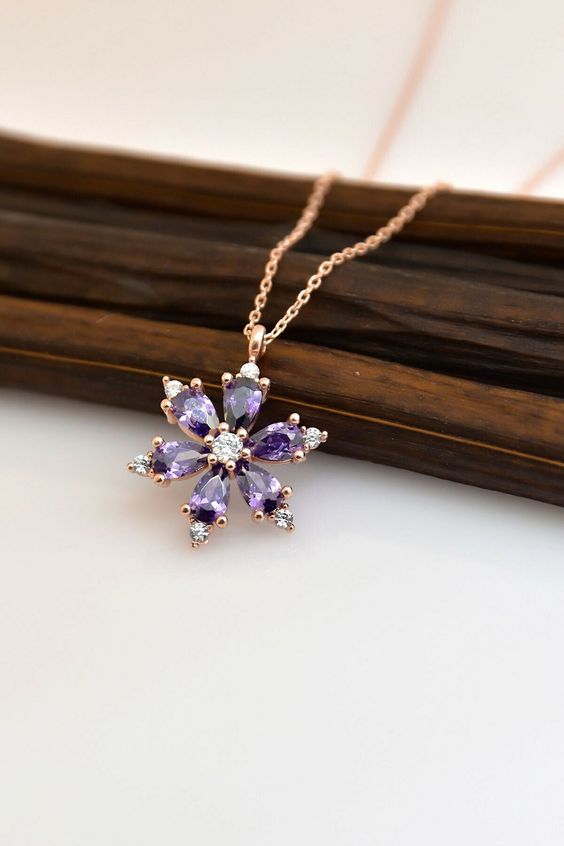
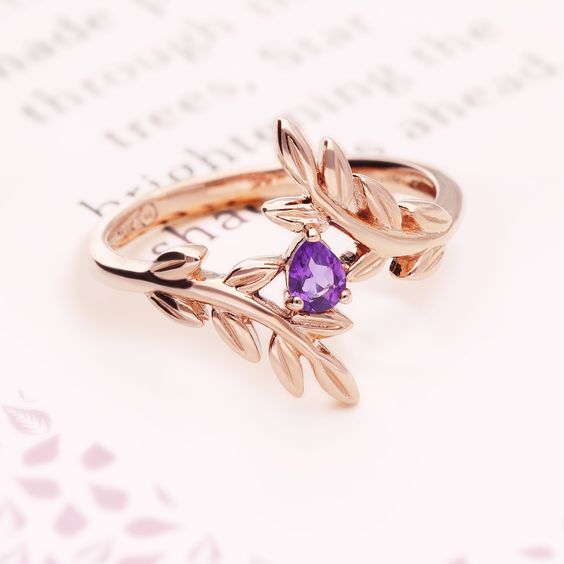
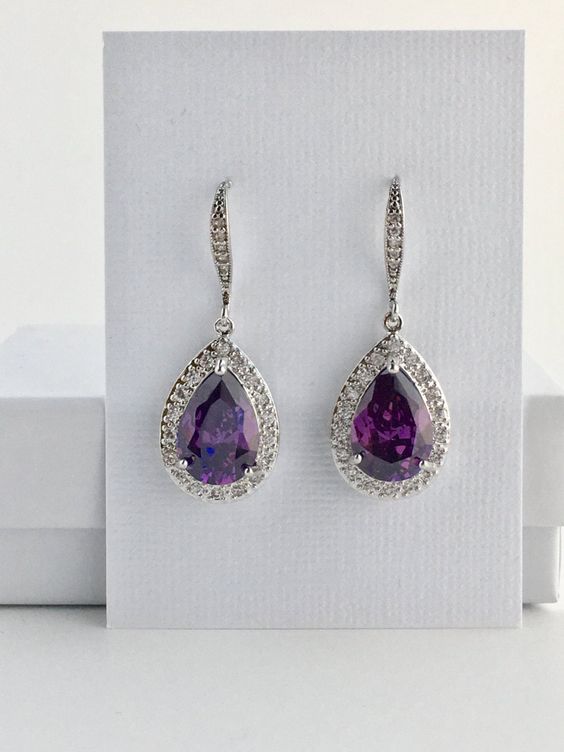
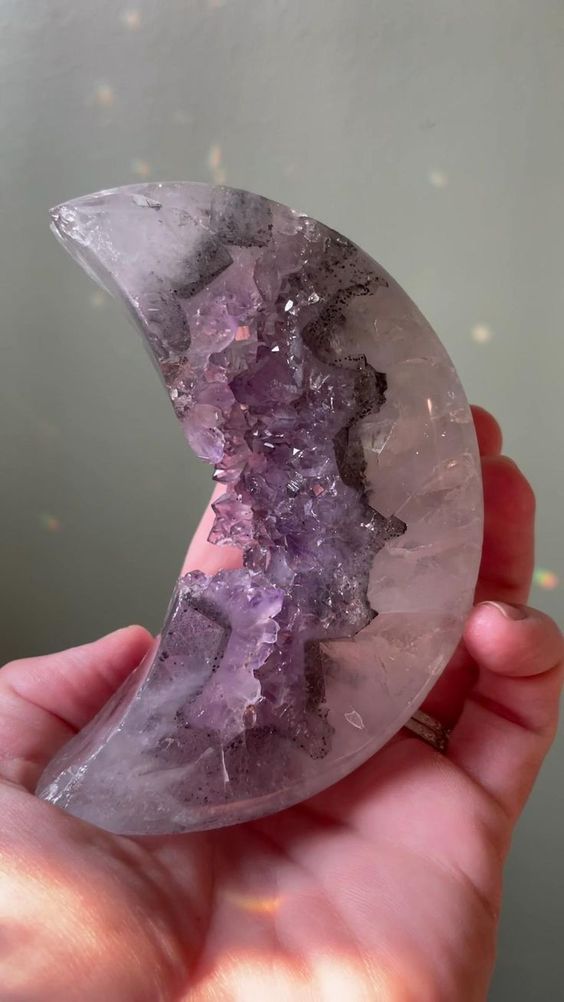
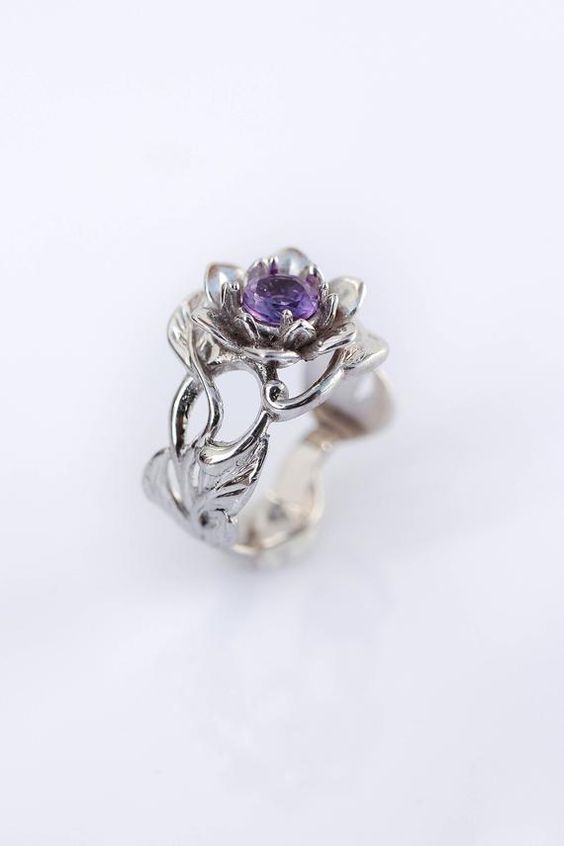
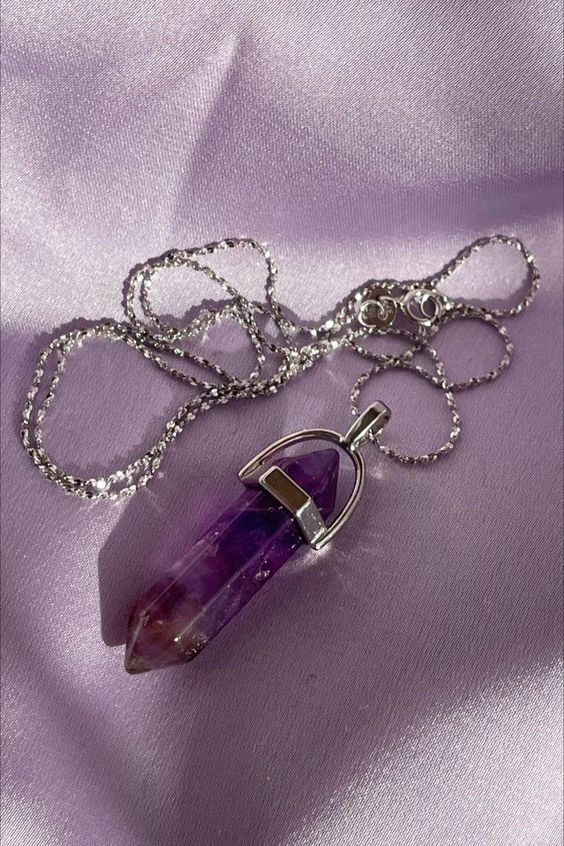
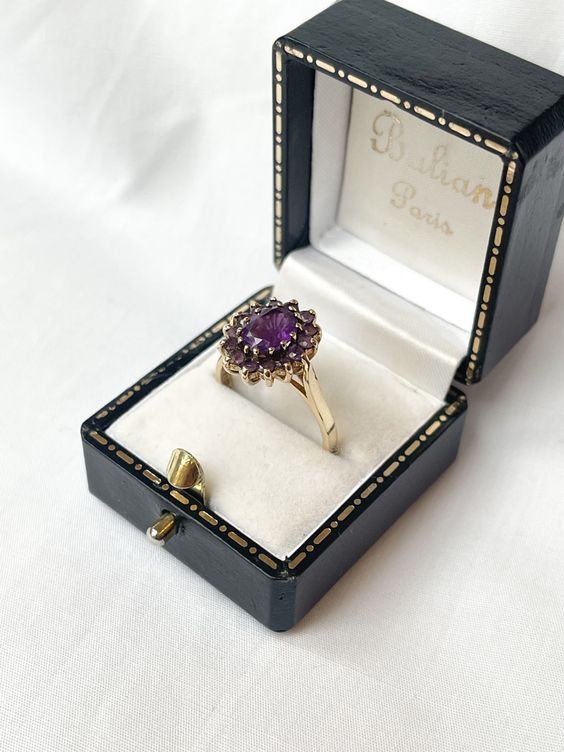
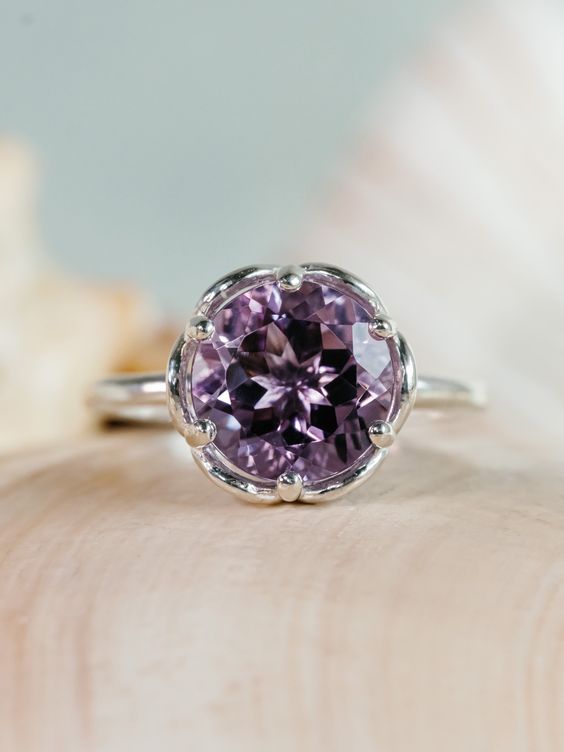
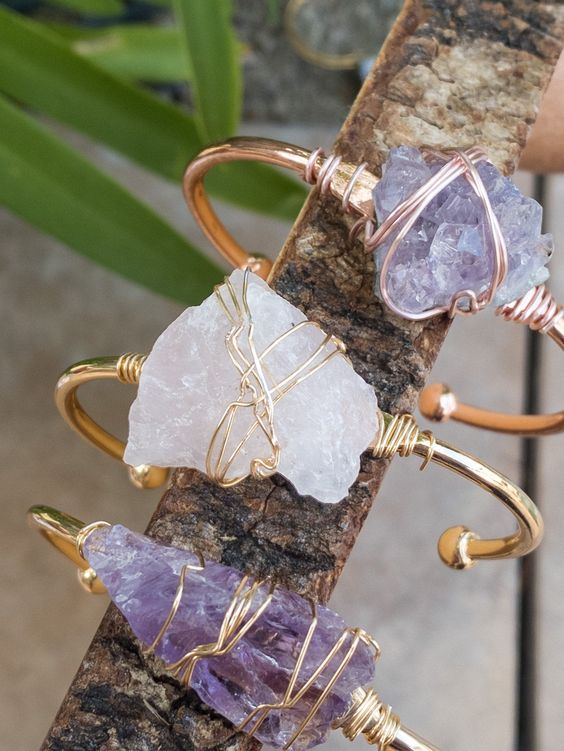
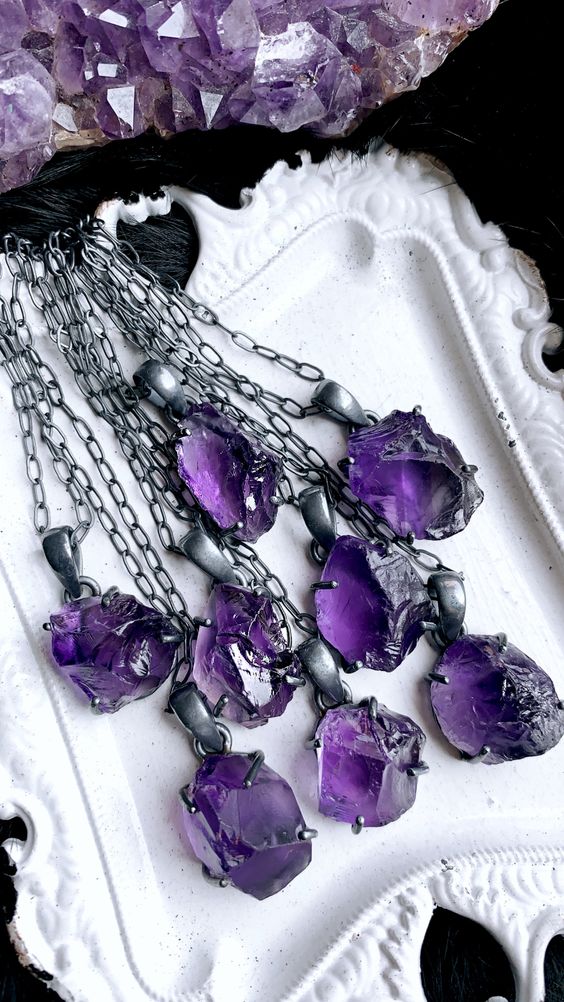
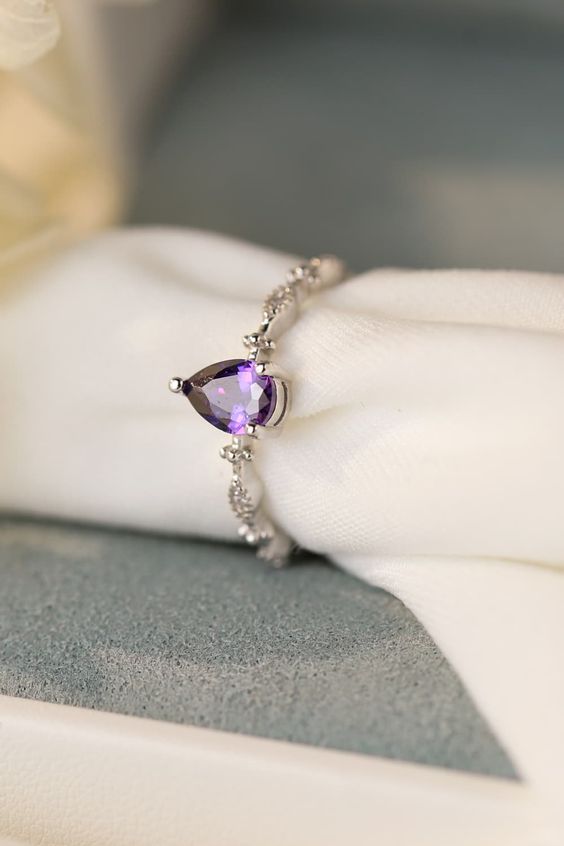

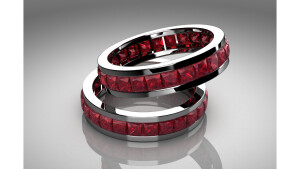




Comments